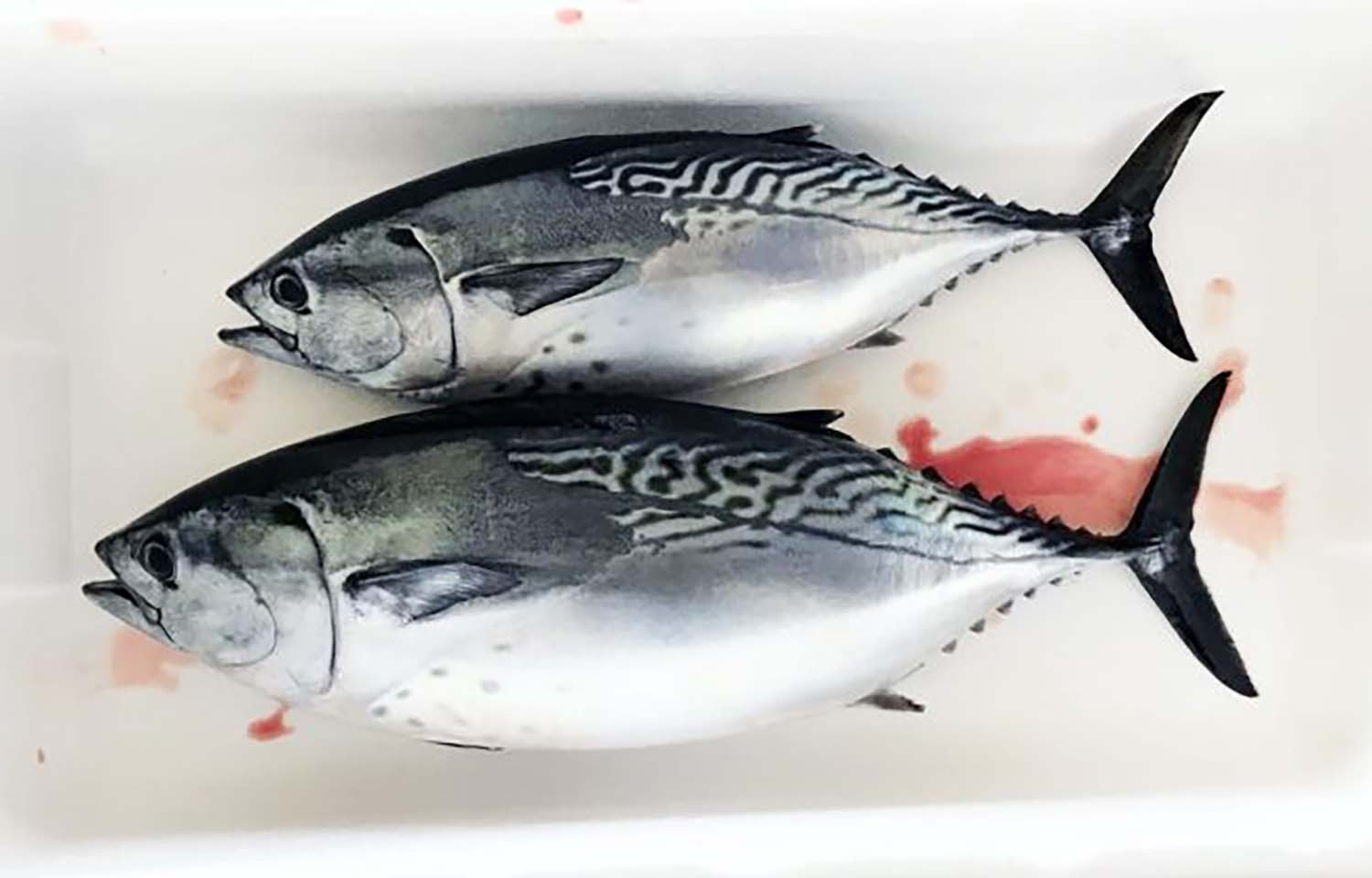A Japanese university has made headway on genetically improving farm-raised eastern little tuna through a process aiming to more frequently elicit desirable traits in the fish.
Ehime University’s Fisheries Research Center in Ainan, Japan, originally introduced farmed eastern little tuna to the market at the Seafood Show Osaka in 2020.
The species was previously only available as a wild-caught product from the country’s capture fishery, but the industry began to realize it had some effective qualities for aquaculture – including early maturity, manageable size, and a taste similar to bluefin tuna.
"Compared to bluefin tuna, eastern little tuna is smaller, easier to manage in aquaculture, and grows faster,” Ehime Professor Takahiro Matsubara said in an interview with Japan’s Ministry of Agriculture, Forestry, and Fisheries (MAFF). “So, we were attracted to its potential as a profitable farmed fish, and it was also promising as a tuna-flavored fish on par with bluefin tuna, for which international fishing regulations have been tightened."
The harvest weight of the species is only about 2 kilograms, meaning the fish can be raised in the same-sized pen as yellowtail and sea bream; bluefin tuna, by contrast, require much larger pens due to their size. As the fish farms at Ehime are mostly small- and medium-sized operations, reducing the initial capital investment as much as possible on a new species was important if the university were even going to consider raising it.
Through the fine-tuning of its innovative next-generation breeding system, Ehime began to induce early spawning, use data to analyze genetics contributing to taste, and cryopreserve high-quality stem cells. These methods have led to the speedier development of consistently excellent strains.
It even allows university researchers to preserve the genetics of high-quality fish that have died and, therefore, under traditional circumstances, would have been of no use to the project.
"No matter how delicious the fish is, it was previously not possible to produce seedlings from an individual that is no longer alive when the data on it is collected. But, we've devised and implemented some ways to solve that problem,” Ehime Instructor Daiki Saito said.
With the next-generation system now fully in place, Ehime hopes it can be applied to other species to obtain high-quality results much faster than traditional selective breeding has proven to elicit.








